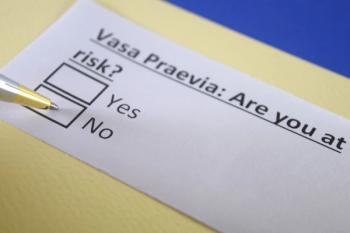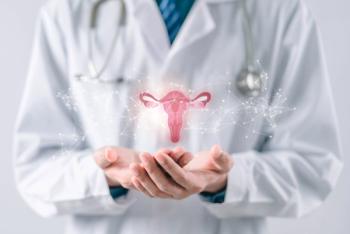
Time of day influences pain relief during labor
Spinal/epidural pain relief provided to women in active labor during afternoon hours lasts about 27% longer than when the same pain relief is provided at night, according to a study of about 70 nulliparous women.
Spinal/epidural pain relief provided to women in active labor during afternoon hours lasts about 27% longer than when the same pain relief is provided at night, according to a study of about 70 nulliparous women.
The study looked at combined spinal-epidural analgesia achieved with an injection of 20 µg of subarachnoid fentanyl. An epidural catheter was inserted but not dosed until women requested further analgesia. Half the women received the pain relief between the hours of noon and 6:00 PM, while the other half received the injection between the hours of 8:00 PM and 2:00 AM.
While there were no differences between the two groups in patient demographics, visual analog pain scale scores, or labor characteristics, the time from the initial injection to the time the patient requested further analgesia was 92 ± 34 minutes for the day group versus 67 ± 21 minutes for the night group (P<0.001), indicating that chronobiology plays a significant role in analgesia.
Newsletter
Get the latest clinical updates, case studies, and expert commentary in obstetric and gynecologic care. Sign up now to stay informed.










